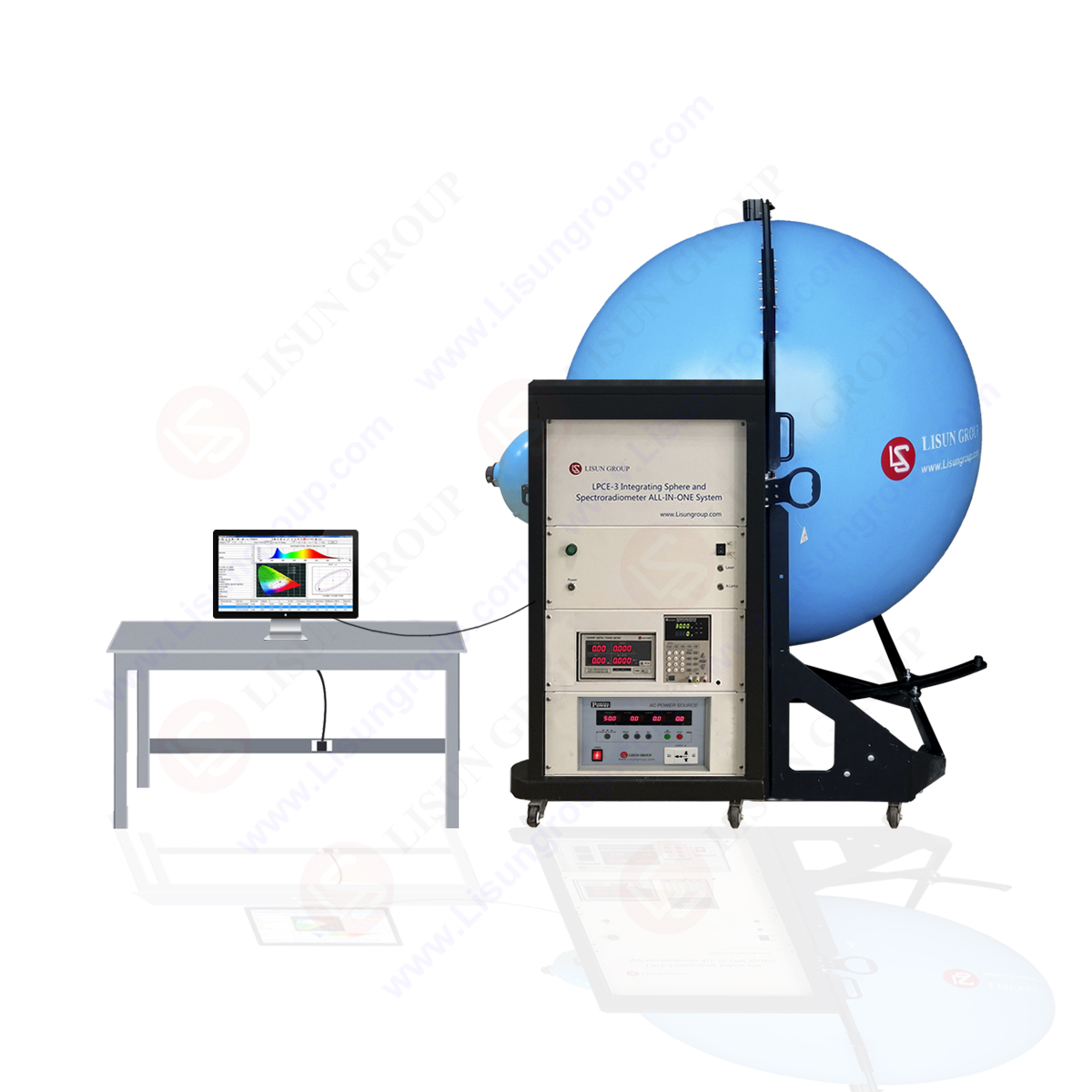-
Table of Contents
Table of Contents
- Introduction
- What is a Salt Spray Test Chamber and How Does it Work?
- The Benefits of Using a Salt Spray Test Chamber for Corrosion Testing
- Understanding the ASTM B117 Standard for Salt Spray Testing
- The Different Types of Salt Spray Test Chambers and Their Uses
- How to Properly Maintain and Clean a Salt Spray Test Chamber
- Conclusion
“Salt Spray Test Chamber: Test Your Products for Corrosion Resistance!”
Introduction
A salt spray test chamber is a laboratory device used to test the corrosion resistance of materials and coatings. It is used to simulate the effects of long-term exposure to salt-laden air, which can cause corrosion and other damage to materials and coatings. The salt spray test chamber is designed to provide a controlled environment in which to test the corrosion resistance of materials and coatings. It is used to evaluate the performance of materials and coatings in a variety of environments, including marine, industrial, and automotive applications. The salt spray test chamber is an important tool for manufacturers and engineers to ensure the quality and durability of their products.
What is a Salt Spray Test Chamber and How Does it Work?
A Salt Spray Test Chamber is a laboratory device used to test the corrosion resistance of materials and coatings. It works by exposing the material or coating to a salt-laden atmosphere, which simulates the effects of long-term exposure to salt water or other corrosive environments. The chamber is typically filled with a salt solution, which is then atomized and sprayed onto the material or coating. The material or coating is then monitored over a period of time to determine its corrosion resistance. The test results can be used to evaluate the effectiveness of protective coatings, as well as the durability of materials in corrosive environments.
The Benefits of Using a Salt Spray Test Chamber for Corrosion Testing
The salt spray test chamber is a valuable tool for corrosion testing. It is used to simulate the effects of long-term exposure to salt-laden environments, such as those found in coastal areas. This type of testing is important for evaluating the corrosion resistance of materials and components used in a variety of industries, including automotive, aerospace, and marine.
The salt spray test chamber is designed to create a controlled environment in which to test the corrosion resistance of materials. The chamber is filled with a salt solution, which is then sprayed onto the test specimen. The specimen is then exposed to the salt solution for a predetermined period of time. During this time, the specimen is monitored for signs of corrosion, such as rusting, pitting, or discoloration.
The salt spray test chamber offers several advantages over other methods of corrosion testing. First, it is a relatively inexpensive and easy-to-use method of testing. Second, it is a reliable and repeatable method of testing, as the same conditions can be replicated each time the test is performed. Third, the salt spray test chamber can be used to test a wide variety of materials, including metals, plastics, and composites. Finally, the test results are easy to interpret and can be used to make informed decisions about the corrosion resistance of a material or component.
In conclusion, the salt spray test chamber is an invaluable tool for corrosion testing. It is a reliable, repeatable, and cost-effective method of testing that can be used to evaluate the corrosion resistance of a wide variety of materials. The results of the test are easy to interpret and can be used to make informed decisions about the corrosion resistance of a material or component.
Understanding the ASTM B117 Standard for Salt Spray Testing
The ASTM B117 Standard is a widely accepted and recognized test method for evaluating the corrosion resistance of materials and coatings. This standard is used to assess the ability of a material or coating to resist corrosion in a salt spray environment. The test is conducted by exposing the material or coating to a salt spray environment for a specified period of time.
The ASTM B117 Standard outlines the requirements for the test environment, including the temperature, humidity, and salt concentration of the salt spray. It also outlines the requirements for the test specimen, including the size, shape, and surface finish. The test specimen must be representative of the material or coating being tested.
The ASTM B117 Standard also outlines the requirements for the test procedure, including the duration of the test, the number of specimens to be tested, and the evaluation criteria. The test is typically conducted for a period of 24 to 48 hours, and the specimens are evaluated for signs of corrosion, such as rust, discoloration, or pitting.
The ASTM B117 Standard is an important tool for evaluating the corrosion resistance of materials and coatings. It provides a reliable and repeatable method for assessing the ability of a material or coating to resist corrosion in a salt spray environment.
The Different Types of Salt Spray Test Chambers and Their Uses
Salt spray test chambers are used to evaluate the corrosion resistance of materials and components. The test is conducted by exposing the sample to a salt-laden atmosphere, which simulates the corrosive effects of a marine environment. The test is used to assess the durability of materials and components in a variety of industries, including automotive, aerospace, and marine.
There are several types of salt spray test chambers available, each designed to meet specific testing requirements. The most common types are:
• Neutral Salt Spray (NSS) Test Chamber: This type of chamber is used to evaluate the corrosion resistance of materials and components in a neutral salt solution. The test is conducted by exposing the sample to a salt-laden atmosphere at a temperature of 35°C and a relative humidity of 95%.
• Copper-Accelerated Acetic Acid Salt Spray (CASS) Test Chamber: This type of chamber is used to evaluate the corrosion resistance of materials and components in a copper-accelerated acetic acid salt solution. The test is conducted by exposing the sample to a salt-laden atmosphere at a temperature of 50°C and a relative humidity of 95%.
• Salt Fog Test Chamber: This type of chamber is used to evaluate the corrosion resistance of materials and components in a salt fog solution. The test is conducted by exposing the sample to a salt-laden atmosphere at a temperature of 35°C and a relative humidity of 95%.
• Humidity Test Chamber: This type of chamber is used to evaluate the corrosion resistance of materials and components in a humid environment. The test is conducted by exposing the sample to a humid atmosphere at a temperature of 35°C and a relative humidity of 95%.
• Salt Spray Corrosion Test Chamber: This type of chamber is used to evaluate the corrosion resistance of materials and components in a salt spray solution. The test is conducted by exposing the sample to a salt-laden atmosphere at a temperature of 35°C and a relative humidity of 95%.
Each type of salt spray test chamber has its own unique advantages and disadvantages. It is important to select the appropriate chamber for the application in order to ensure accurate and reliable results.
How to Properly Maintain and Clean a Salt Spray Test Chamber
Maintaining and cleaning a salt spray test chamber is an important part of ensuring accurate and reliable test results. Proper maintenance and cleaning will help to ensure that the chamber is functioning correctly and that the test results are accurate.
Before beginning any maintenance or cleaning, it is important to ensure that the chamber is powered off and unplugged. This will help to prevent any potential electrical hazards.
To clean the chamber, use a soft cloth and a mild detergent solution. Do not use any abrasive materials or harsh chemicals as these can damage the chamber. Wipe down the interior and exterior of the chamber, paying special attention to any areas that may have come into contact with salt or other corrosive materials.
Once the chamber has been cleaned, inspect it for any signs of corrosion or damage. If any damage is found, it should be repaired or replaced as soon as possible.
To maintain the chamber, it is important to regularly check the seals and gaskets for any signs of wear or damage. If any damage is found, the seals and gaskets should be replaced. Additionally, the chamber should be inspected for any signs of corrosion or rust. If any corrosion or rust is found, it should be removed with a soft cloth and a mild detergent solution.
Finally, it is important to regularly check the calibration of the chamber. This can be done by running a calibration test and comparing the results to the manufacturer’s specifications. If the results are not within the specified range, the chamber should be recalibrated.
By following these steps, you can ensure that your salt spray test chamber is properly maintained and cleaned, helping to ensure accurate and reliable test results.
Conclusion
The salt spray test chamber is an invaluable tool for testing the corrosion resistance of materials. It is a reliable and cost-effective way to assess the durability of materials in a variety of environments. The results of the test can be used to determine the best material for a given application and to ensure that the product will perform as expected. With the right test chamber, manufacturers can ensure that their products are of the highest quality and will stand up to the elements.

 中文简体
中文简体






